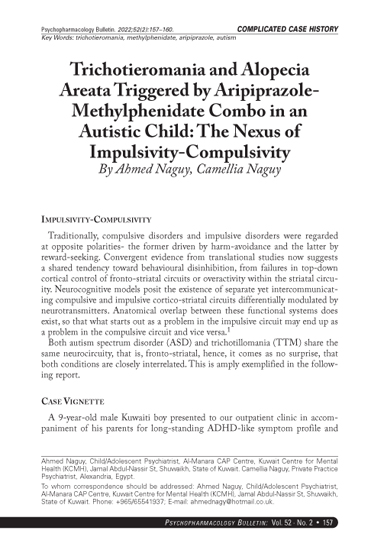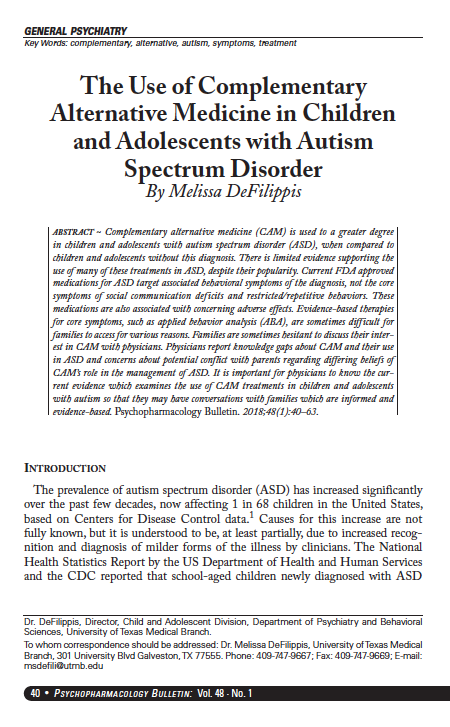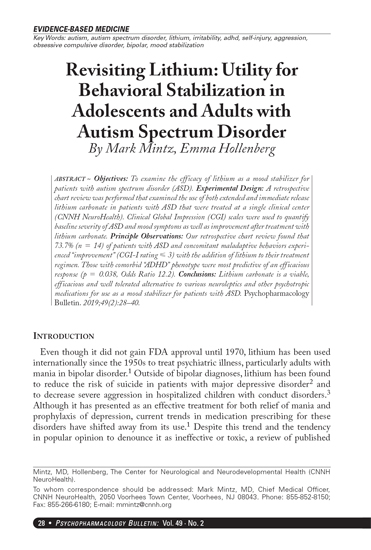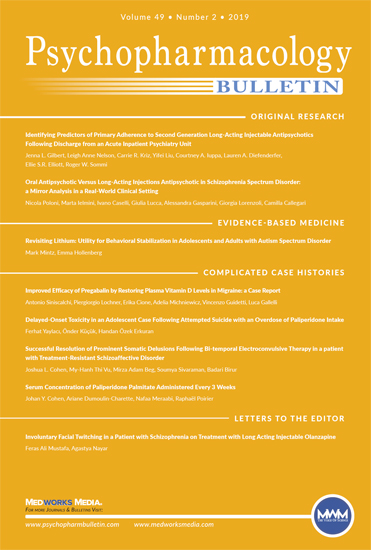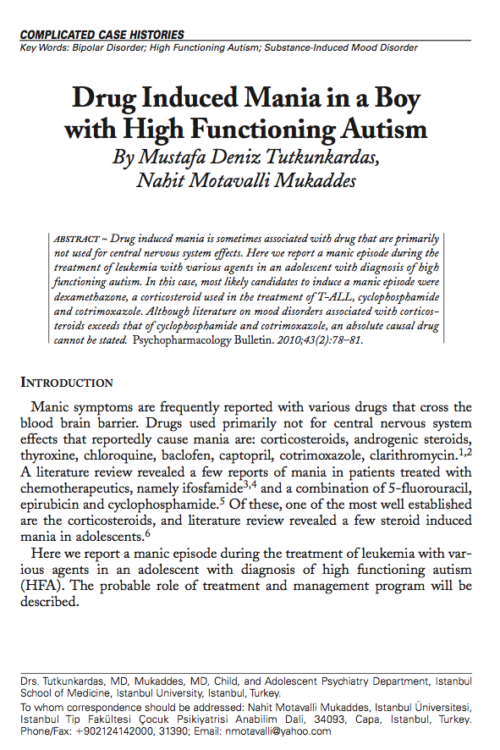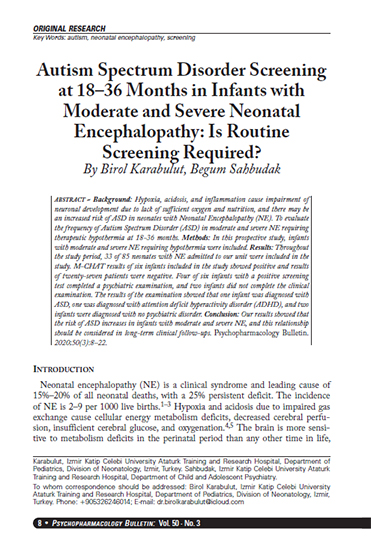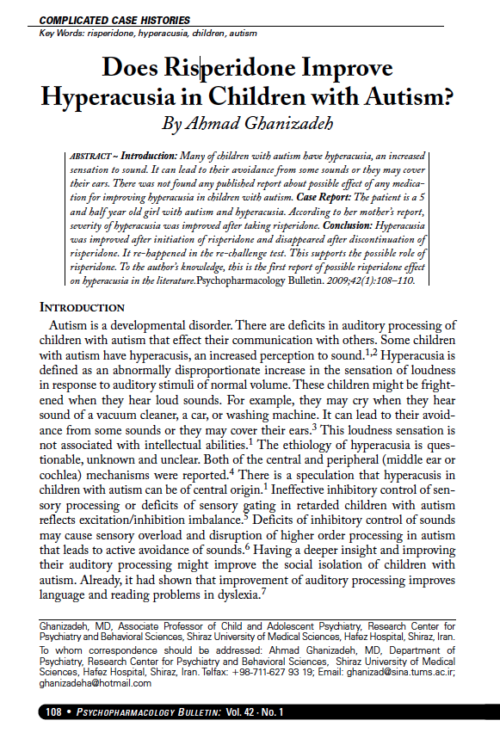Autism
Autism is a neurodevelopmental disorder of early onset marked by a profound social disability affecting a person’s capacity for understanding other people, intuiting their feelings, and establishing reciprocal relationships (1). Although several other developmental disabilities typically accompany autism’s social dysfunction, including language and communication, learning, and unusual behavioral patterns, the core social disorder defines the condition and likely affects the development and expression of these other skills (2).
However, despite its centrality in the syndrome’s definition, a more precise characterization and quantification of the social dysfunction required to direct neurobiological research in autism is still lacking (3). For example, major advances in the genetics of autism have identified candidate susceptibility loci (4), but it is still unclear what indices of behavioral or cognitive features may correspond to the possibly discrete inherited vulnerabilities (5).

Together with the notion of a broader phenotype of autism (6) and the pronounced heterogeneity in syndrome manifestation (7), different lines of research point to the need to refine the characterization of social dysfunction in autism to capture essential elements of sociability that may be disrupted, to differing degrees, in individuals with the prototypical, as well as the broader, manifestation of this condition (8). Similarly, despite the accumulating knowledge on brain structure and brain function in autism (9), replicable and quantitative connections between neuroimaging findings and behavioral or neuropsychological measures are still quite tentative (10, 11), particularly insofar as brain-behavior relationships in the social realm are concerned (3). This article briefly reviews more traditional attempts to quantify the social phenotype in autism and describes in detail novel, emerging methods of study.


